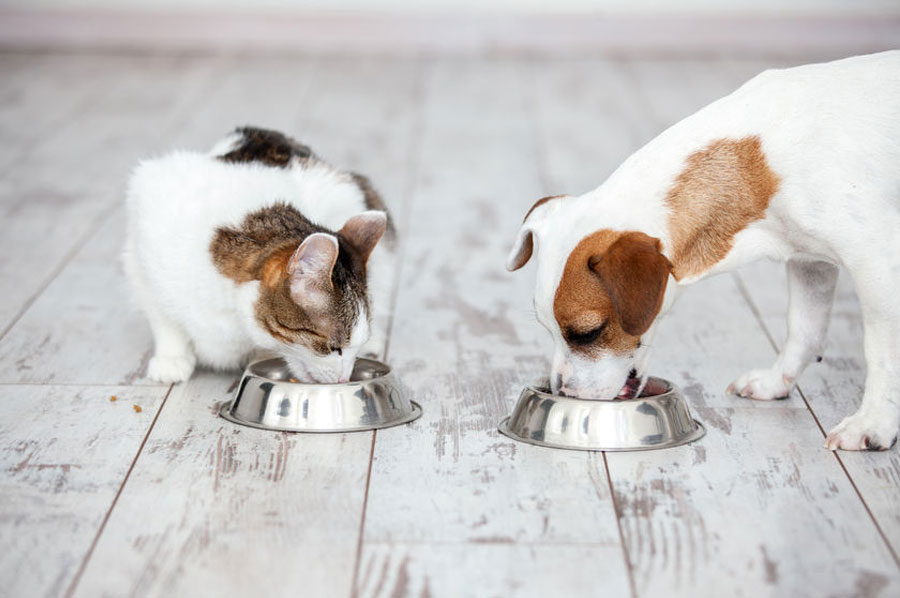Blog
Understanding labels and claims are very important in providing your pets with the best nutrition possible, but attempting to understand these labels and claims can be an overwhelming task. So how do you know which dog food to purchase?
With pet food options like “Natural,” “Organic,” and “Grain Free,” there can be a lot of consumer confusion when selecting a dog or cat food to feed your beloved pet. Plus, then understanding the importance of the ingredients listed on the label. Consumers can spend countless hours researching the different brands and types of food available.
The first thing to understand is pet food labels must follow the regulations set forth by the American Association of Feed Control Officials (AAFCO). The focus of AAFCO is product labeling and determination of which ingredients can be used for the safety of the animals.
Let’s dive into the AAFCO feed terms and ingredient definitions of some of the most popular pet food claims, trends and listings. (As stated in the 2015 Official Publication, Association of American Feed Control Officials)
Balanced: “A term that may be applied to a diet, ration or feed having all known required nutrients in proper amount and proportion based upon recommendations of recognized authorities in the field of animal nutrition, such as the National Research Council, for a given set of physiological animal requirements. The species for which it is intended and the functions such as maintenance or maintenance plus production (growth, fetus, fat, milk, eggs, wool, feathers, or work) shall be specified.”
By taking a look at the nutritional label, consumers can tell if the food is intended to be fed as a pet’s sole diet. If the label reads “complete and balanced,” then the food meets AAFCO’s nutrient profiles.
By-Product: “Secondary products processed in addition to the principal product.”
Many consumers are concerned about feeding their pets food that contains by-products because they feel these ingredients may be of lower quality. Many consumers now seek out diets with no by-products.
Gluten: “The tough, viscid nitrogenous substance remaining when the flour of wheat or other grains is washed to remove the starch.”
Grain: “Seed from cereal plants.”
The number two pet food trend for 2016 is the “free from” all trend. Gluten-free, grain-free and GMO free all fall into this category.
Grain-free products are one of the fastest growing segments of the pet food market. Grain-free dog and cat food accounted for 34% of all pet food sales, and 48% of the natural category in 2015. Grain-free dog and cat food brought in an astonishing $2.6 billion dollars last year (Oct. 2014 to Sept. 2015), which was a growth rate of 25%, according to research by Gfk.
Natural: “A feed or ingredient derived solely from plant, animal, or mined sources, either in its unprocessed state or having been subject to physical processing, heat processing, rendering, purification, extraction, hydrolysis, enzymolysis or fermentation, but not having been produced by or subject to a chemically synthetic process and not containing any additives or processing aids that are chemically synthetic except in amounts as might occur unavoidably in good manufacturing practices.”
Foods processed the natural way is in the top five pet food trends for 2016. Consumers want to feel confident in the foods they feed to their pets. Consumers like knowing that their dog or cat food has been made through natural processing.
Organic: “A formula feed or a specific ingredient within a formula feed that has been produced and handled in compliance with the requirements of the USDA National Organic Program.”
Packaged Facts reported (Pet food in the US, 11th Edition), that organic and natural pet food sales are projected to increase 14.6% annually through 2016.
Although this is not a complete list, understanding these terms can help in selecting the best food for your canine companion or feline friend.

